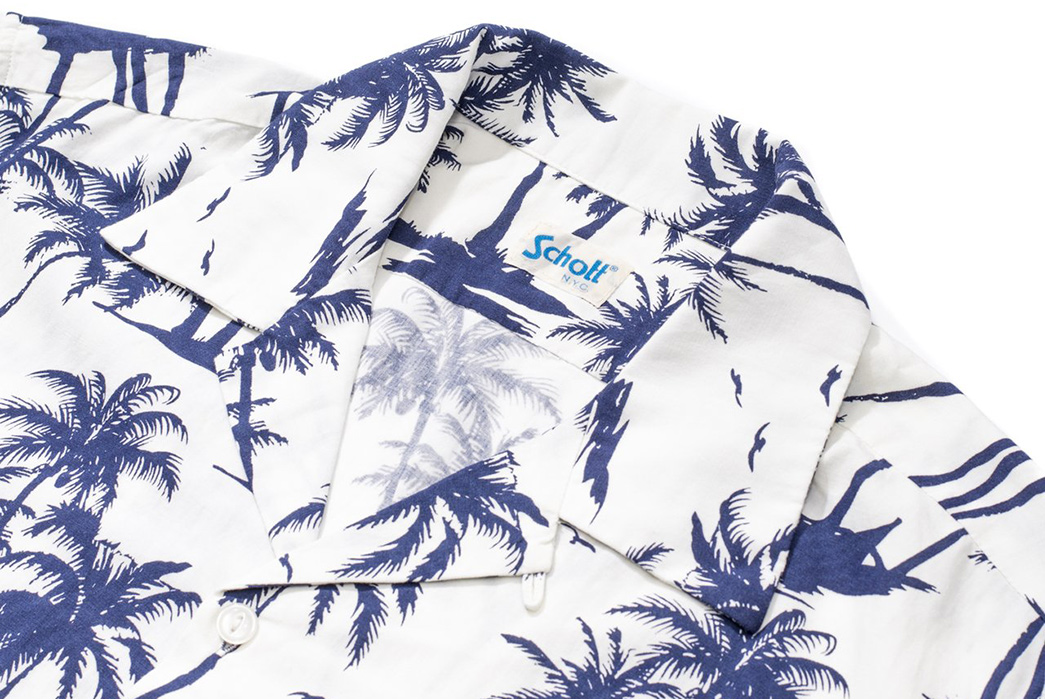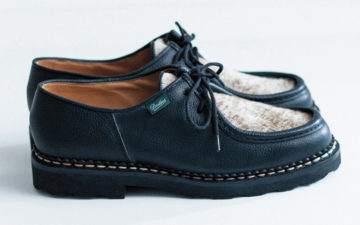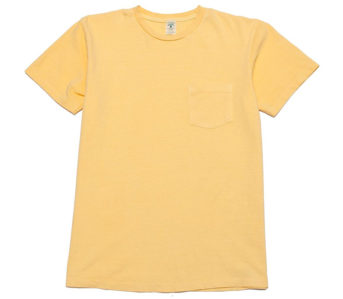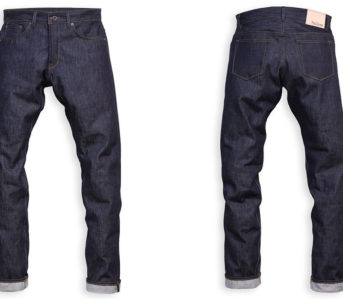Roy Ayers hit the nail on the head in 1976 with his famous song “Everybody loves the sunshine”. The smooth groove and enchanting melodies instantly conjure up memories of halcyon days spent relaxing in the sun. That said, it can be hard to love the sunshine if your outfit doesn’t keep you cool and comfortable.
With summer now heating up in most parts of the northern hemisphere, we’re serving up a rundown of the most common summer fabrics that will keep you cooler in the sunshine, from nimble linens to breezy blends.
Linen
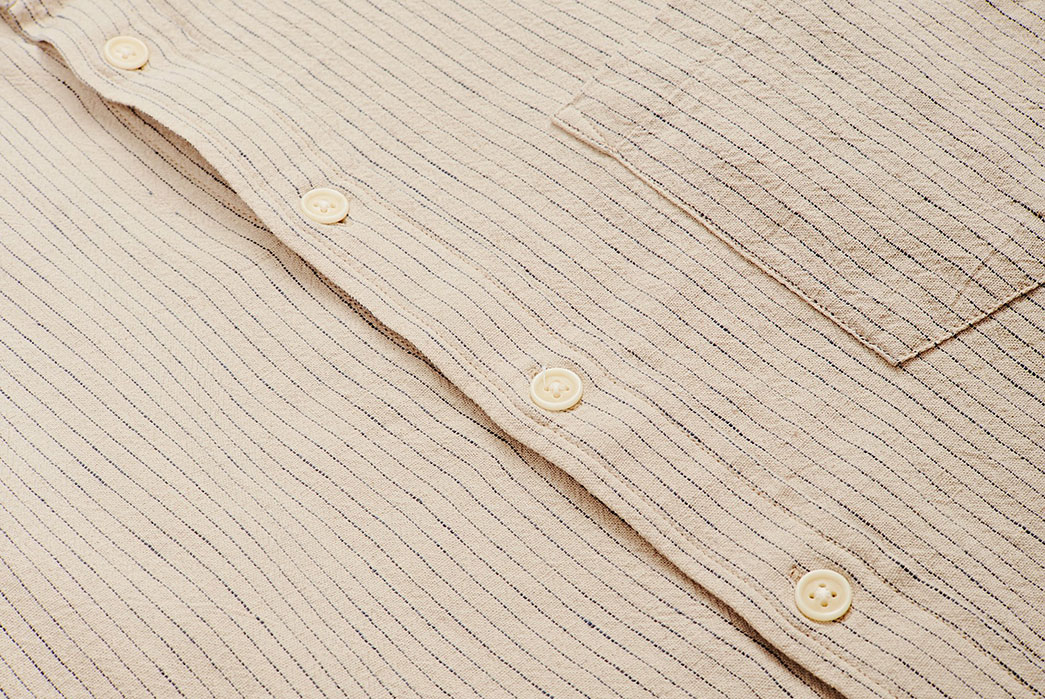
Image via Corridor NYC
Linen is the quintessential summer cloth. Made from the fibers of the Flax plant, linen is the among the most breathable fabrics out there. The natural flaxen fibers are hollow which allows linen to provide more airflow over your body than other materials. Contrary to popular belief, linen is also very easy to care for. It dries quickly and any creases can be cured by simply dampening the garment and hanging it out to dry.
Linen also scores high on sustainability. Flax plants are a resilient species that can grow in poor soils requiring little-to-no fertilizer, and linen production has been found to be significantly less water-intensive than other textile processes.
However, linen is also expensive to produce, so it will often be blended with cotton to create more affordable garments. But if you want something with superior breathability, go for a 100% linen piece like the Gitman Vintage shirt pictured below.
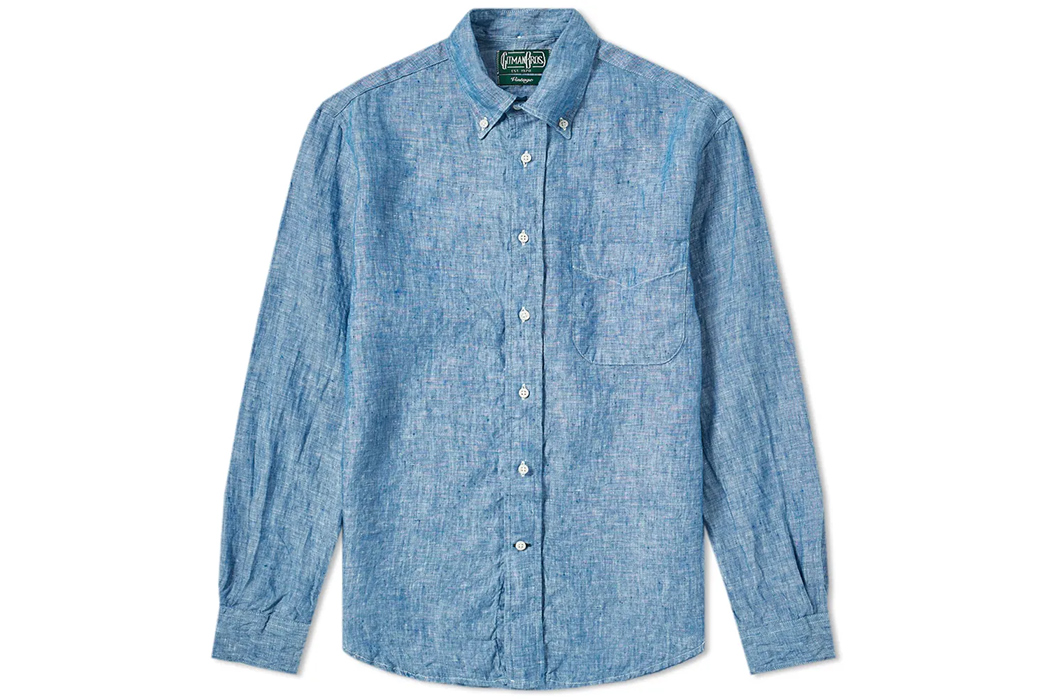
Gitman vintage Linen shirt, available for $219 from End.
Chambray
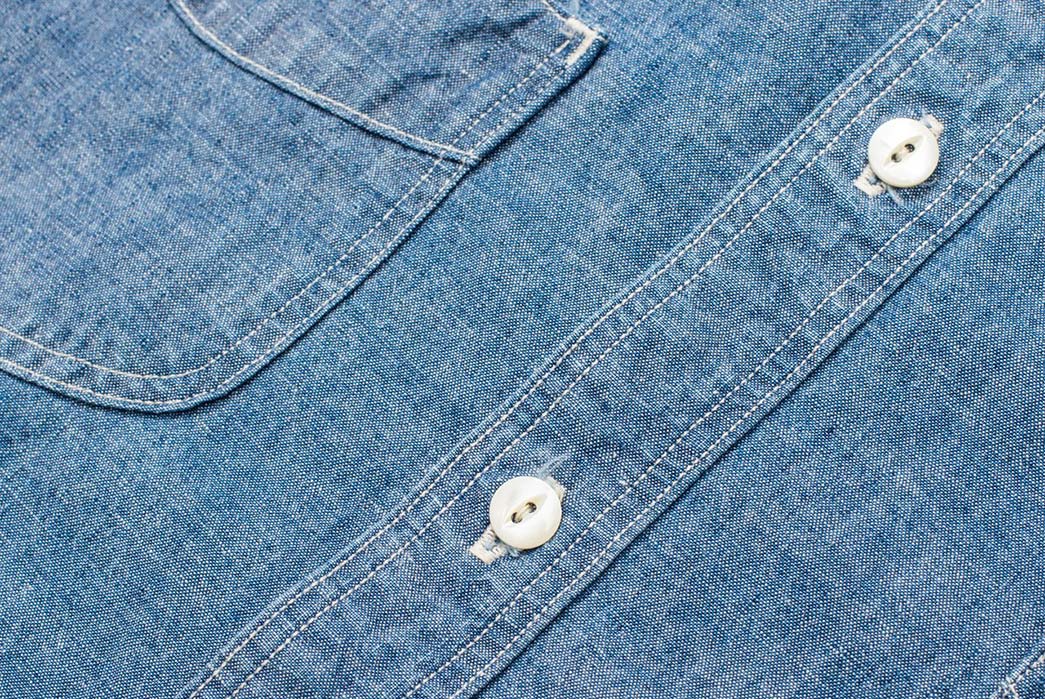
Image via Clutch Cafe
Originating in 14th century France, chambray is a plain weave fabric woven with a colored yarn (typically blue) in the warp and a white yarn in the weft. This weave gives the fabric a unique heathered appearance that can resemble denim. Chambray is usually woven from cotton yarns, making it breathable and easy to launder.
Of course, chambray can be woven in different densities like denim, but it is primarily woven into a lightweight cotton textile that is perfect for casual summer wear. Indigo chambray can be a great alternative to denim in warmer weather and you can still count on chambray garments to gain some solid patina as you wear them in. You will typically find chambray on lightweight jackets, trousers, and work shirts like The Real McCoy’s number pictured below.
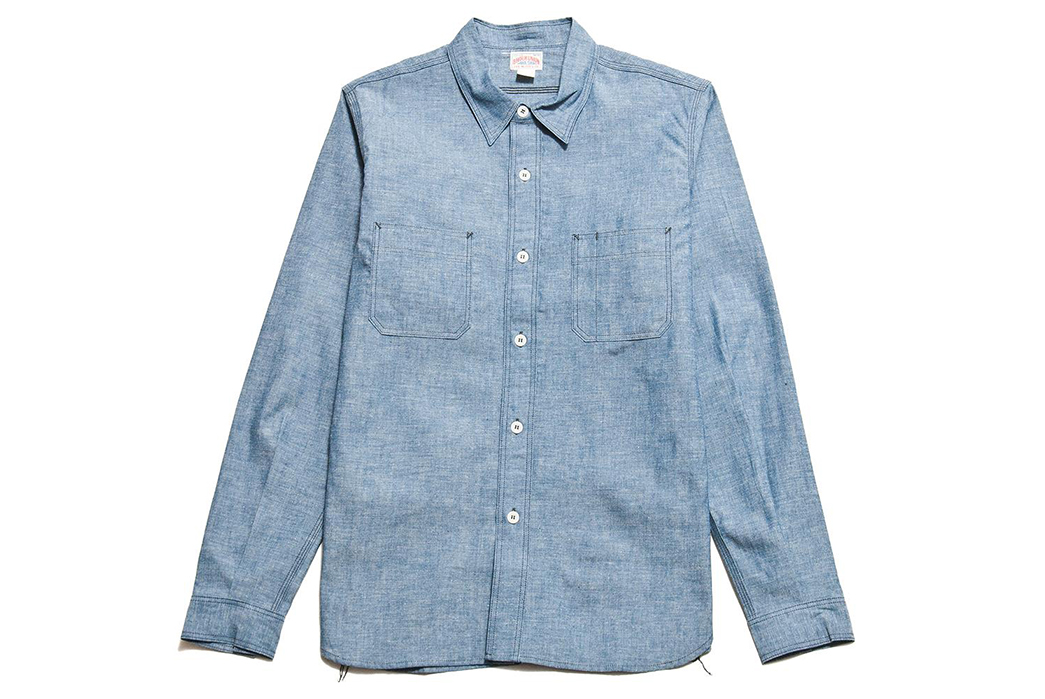
The Real McCoy’s 8 Hour Union Chambray Serviceman Shirt, available from Lost & Found for $212.
Seersucker
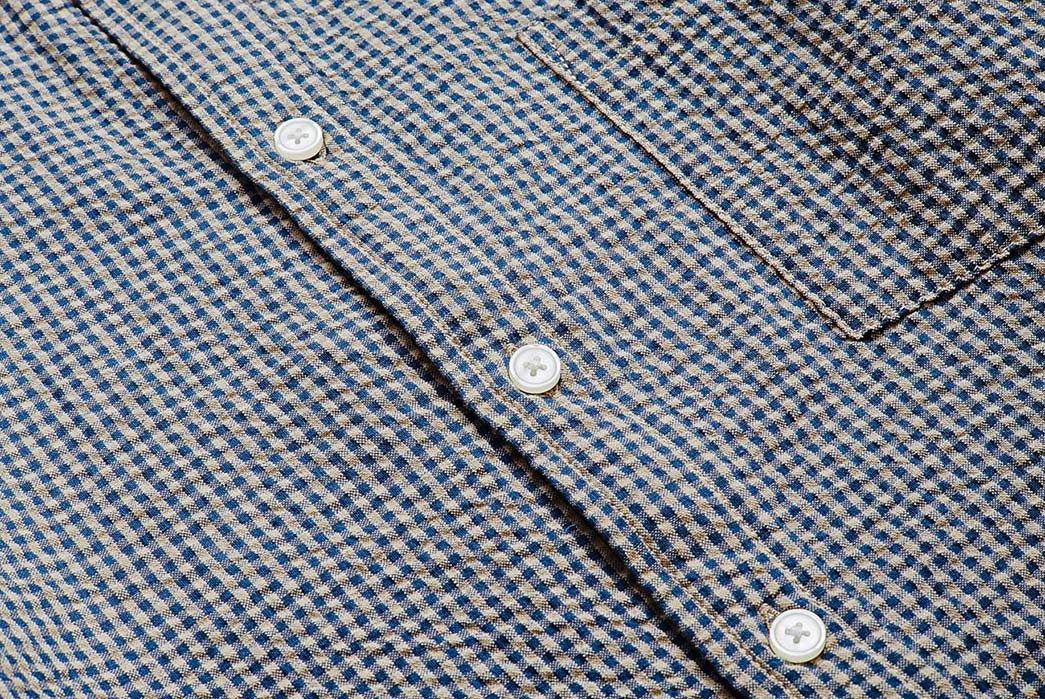
Image via Corridor NYC
Seersucker is a thin, puckered cotton fabric used to make clothing for spring and summer wear. The word originates from the Persian words shîr and shakar, translating to “milk and sugar”. This is probably because of the smooth and bumpy textures that appear on seersucker fabrics. Seersucker cloth is traditionally white and blue and made up of checks or stripes.
Seersucker is woven in such a way that some threads bunch together, giving the fabric a crinkled appearance. These crinkles can stop the fabric from clinging to the body, encouraging heat distribution and air circulation. They also alleviate the need for ironing, making seersucker garments easy to sling on and off in the summer without worrying about creasing.
As another lightweight cotton fabric, seersucker is comfortable, breathable, and drapes well. Some seersucker fabrics will be a blend of cotton and polyester. As a synthetic fiber, polyester will reduce the breathability of the fabric, so watch out!
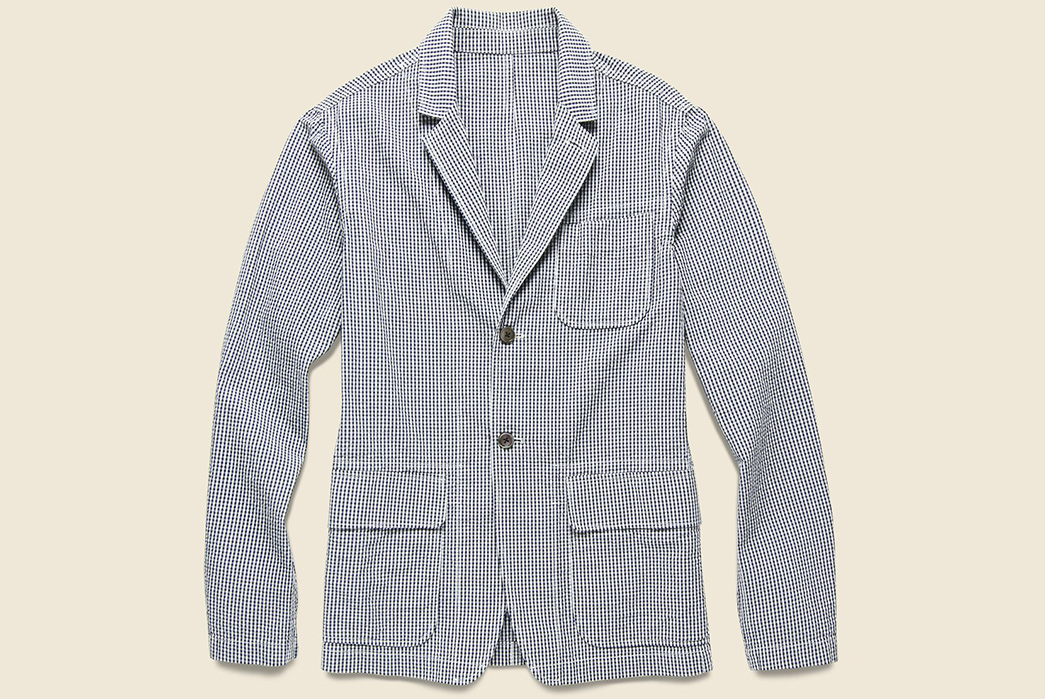
Alex Mill Gingham Seersucker Suit Jacket, available from Stag Provisions for $177.
Gauze
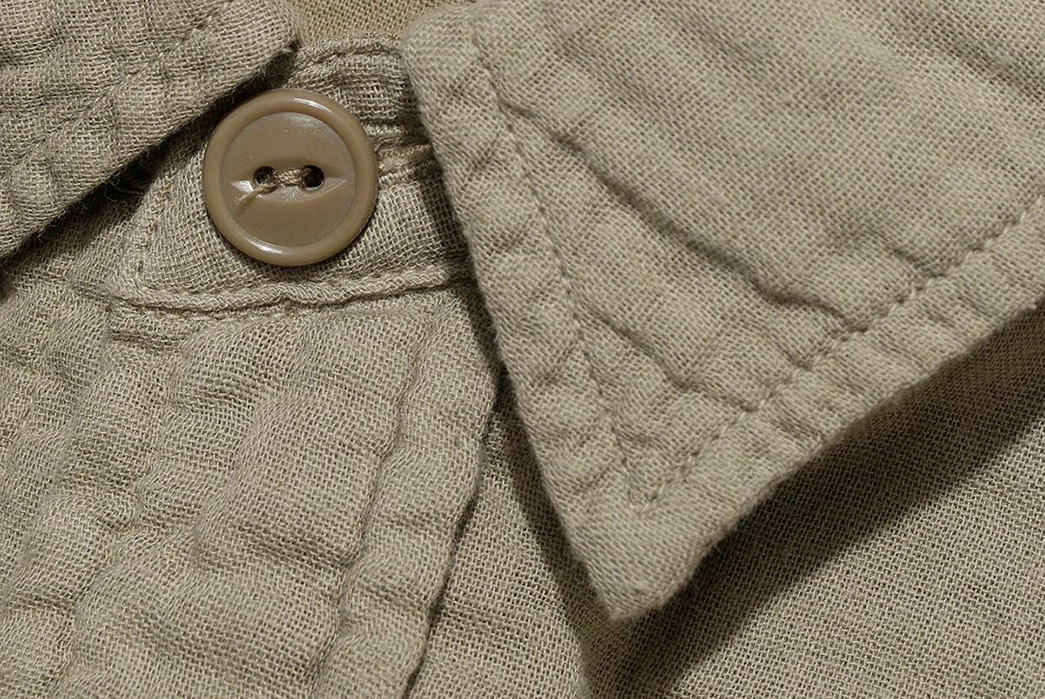
Image via Blue in Green
Gauze is a soft, lightweight fabric that provides great breathability through a loose weave. This loose weave is structured so that the weft yarns are arranged in pairs and crossed before and after each warp yarn, keeping the weft firmly in place, as per the below image.
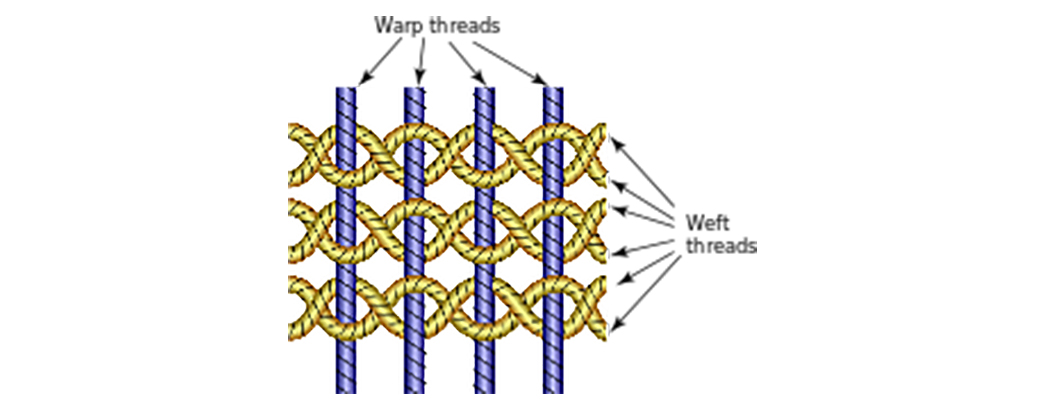
Image via Wikipedia
In garment production, cotton gauze fabrics are often doubled into a fabric known as ‘double cotton gauze’. Due to the incredibly loose weave, double cotton gauze is still one of the most lightweight materials out there. The oversized Kapital shirt featured below is built from a double gauze fabric.
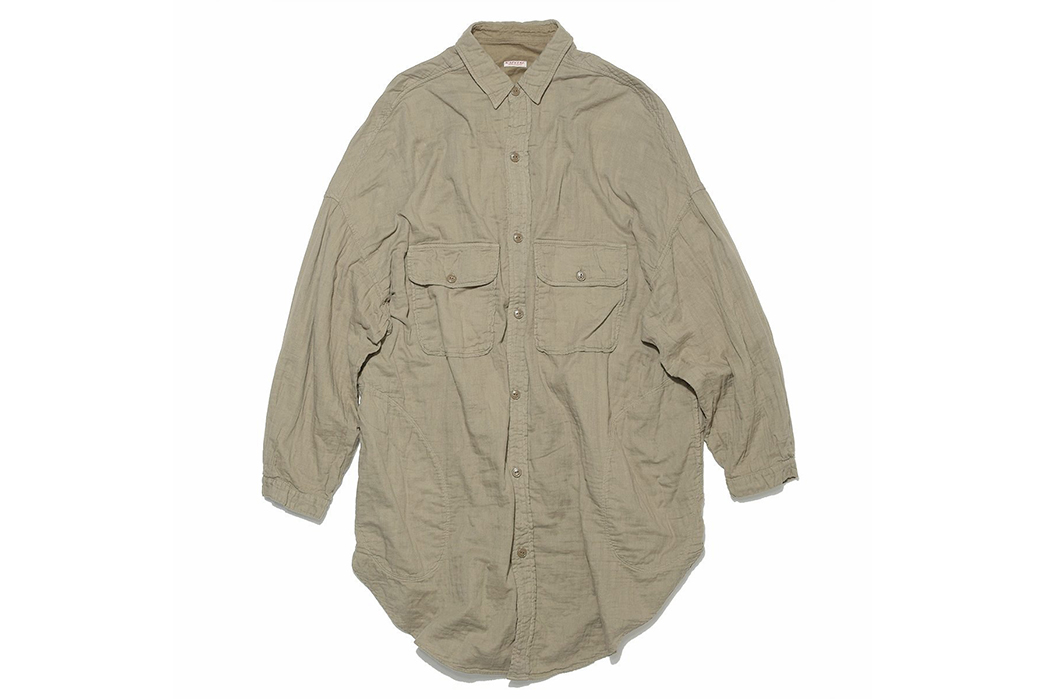
Kapital Double Gauze Sloppy Shirt, available for $372 at Blue In Green.
Hemp
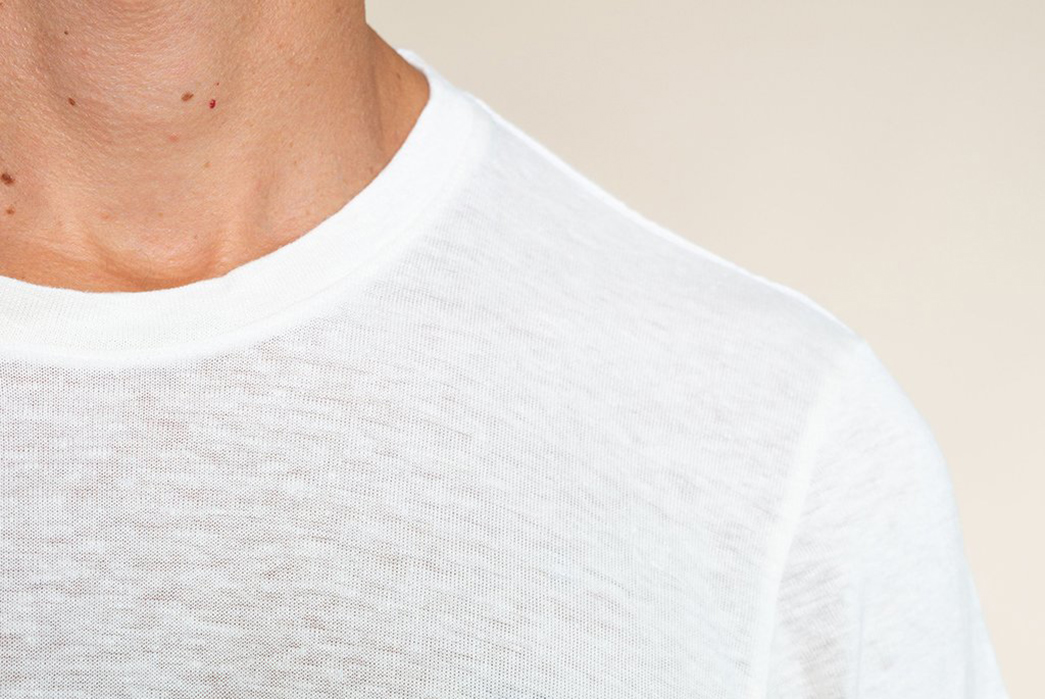
Image via Jungmaven
Widely touted as one of the most sustainable materials on the planet, hemp also makes for a lightweight, breathable fabric that is perfect for warm weather. As well as being weather-ready, hemp fabrics are strong, durable, and soften with daily wear.
Like linen, hemp is expensive and is often blended with cotton to make hemp fabrics more accessible. But as both hemp and cotton are natural fibers, blending cotton and hemp doesn’t compromise breathability. As well as offering hemp-cotton blend garments, Jungmaven produces 100% hemp t-shirts as part of their core range.
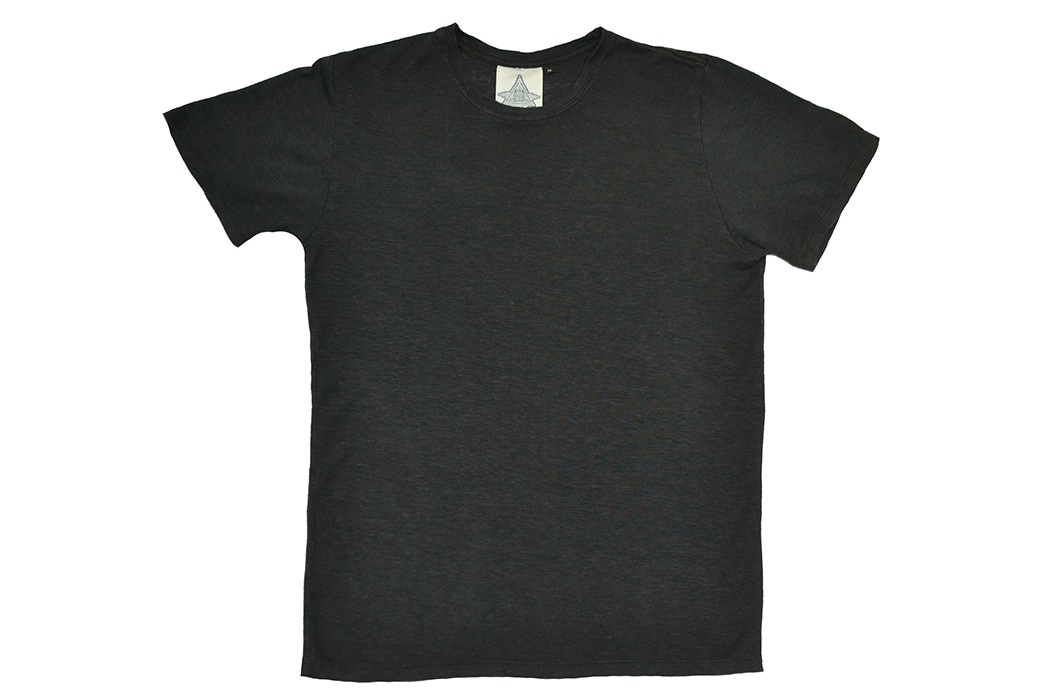
Image via Jungmaven
Jungmaven 100% Hemp T-shirt, available for $94 from Jungmaven.
Rayon
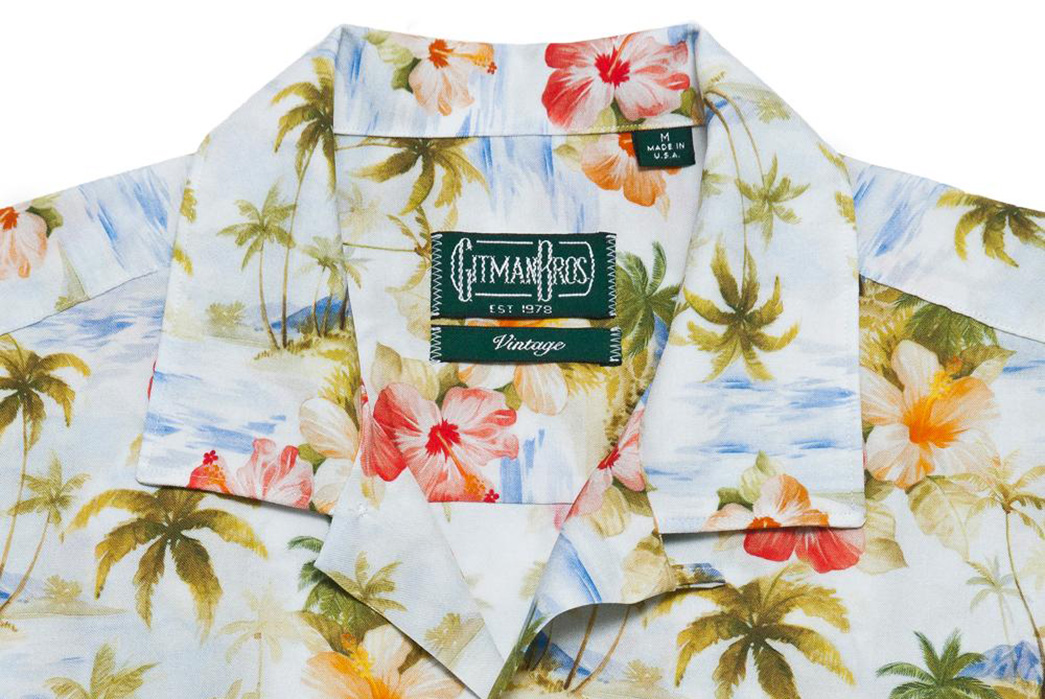
Image via Lost and Found
Invented by French chemist Count Hilaire in the late 19th century, rayon stands as the oldest manmade fiber. Introduced as an alternative to silk, rayon is a comfortable, lightweight fabric that often has a lively, crepe-esque texture. As rayon is thinner than cotton, it is often used to make lightweight summer garments, such as open-collar, short-sleeved shirts.
It is often disputed whether rayon is in fact breathable, but we have still included it in this list because of its use on ubiquitous summer garments like Hawaiian shirts and lightweight jackets. What we can say is that rayon will certainly perform better in dry heat, as it will not wick away moisture like an all natural fiber such as linen or hemp.
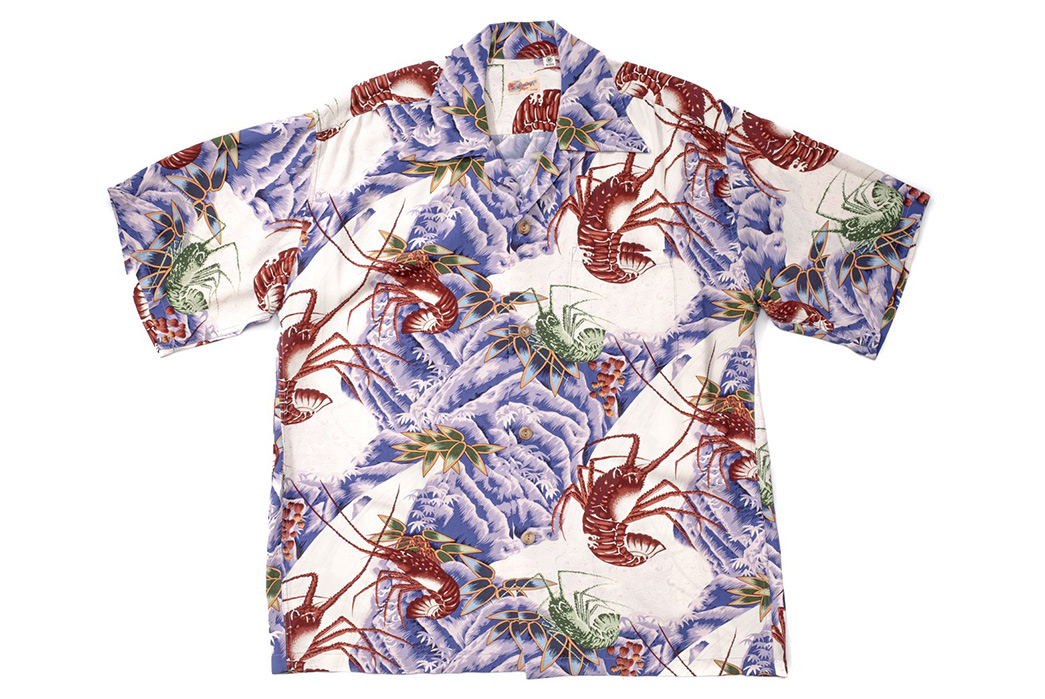
Sun Surf SS367841 “lobsters make up the fall” Hawaiian Shirt, available for $248 from Clutch Cafe.
Silk
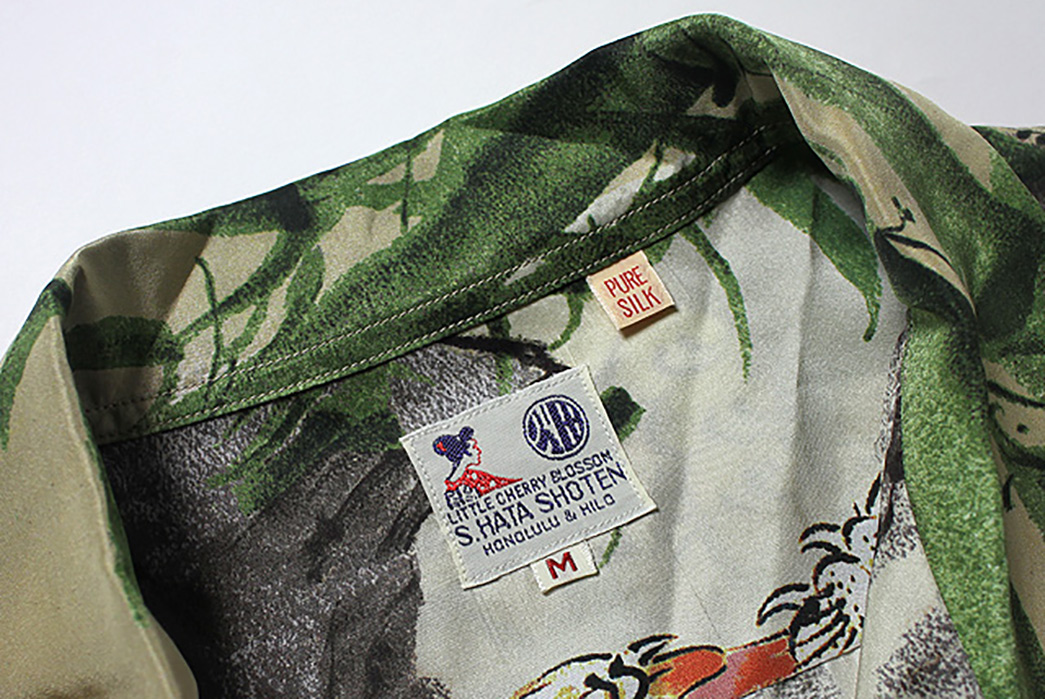
Image via Malo Polska Partnership
While silk is not as breathable as other natural fabrics, it is often used to make lightweight summer garments. Silk fibers are extremely fine and, like most fibers, they can be woven into different densities and weights to produce different grades of fabric. Lightweight silk fabrics are soft and delicate, making them perfect for open-collar shirts and other breezy summer garb.
Typically sourced from the natural substance woven by silkworms, silk is an extremely expensive fiber to produce. This means that in most instances, silk is blended with another natural fiber like linen or cotton. The Pherrow’s Bowling Shirt below is made from a blend of linen and silk that has been woven into a slubby, textured fabric.
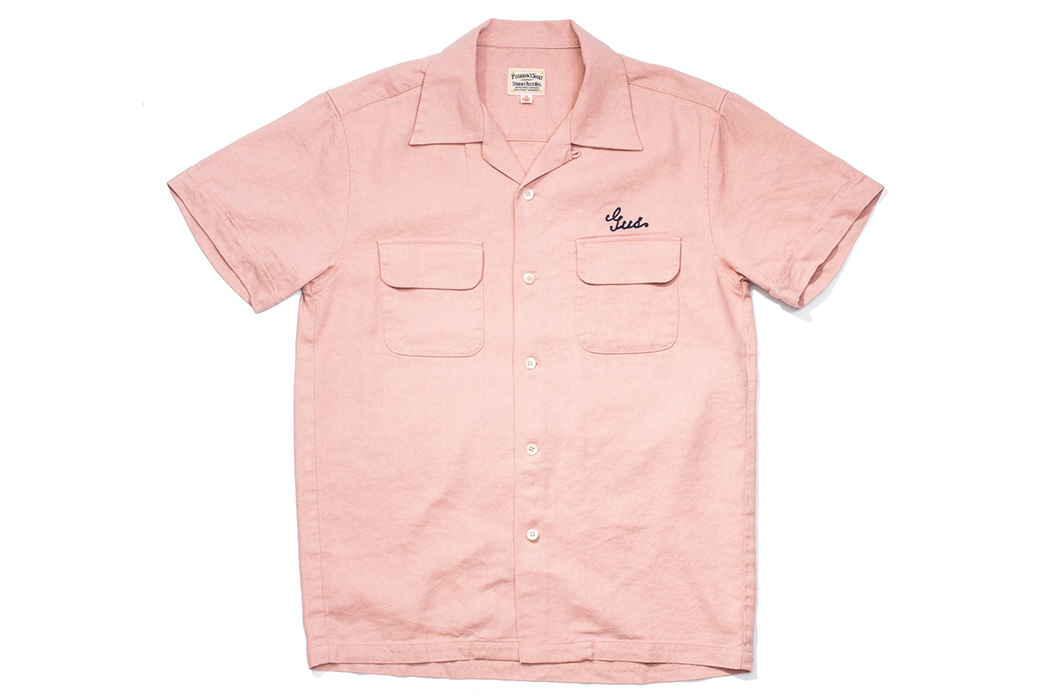
Pherrow’s 19s-POS1 Bowling Shirt, available for £227 at Clutch Cafe.
Blends
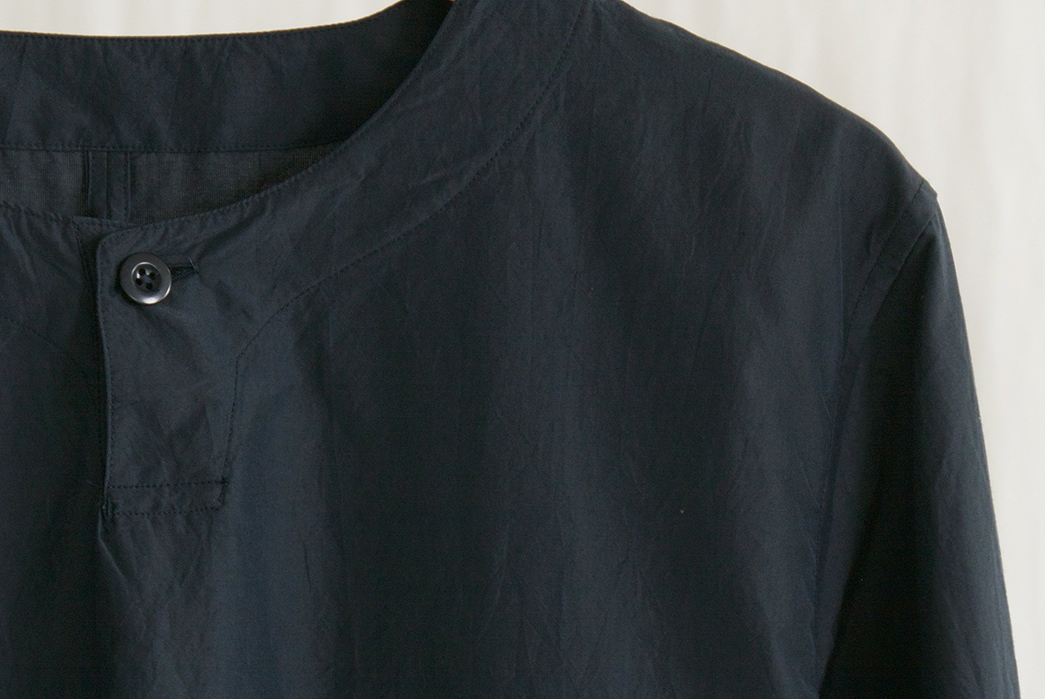
Image via Namu Shop
Blended fabrics merge the qualities of different fibers. Often, fabrics are blended to reduce production costs. However, blends like cotton-linen and hemp-cotton have performance qualities that can only be achieved by fiber blending. For example, blending cotton with linen allows the resulting fabric to take on the hardy characteristics of cotton—such as its ability to be ironed and resistance to hard water exposure—and the flaxen qualities of linen, like maximum breathability and strength.
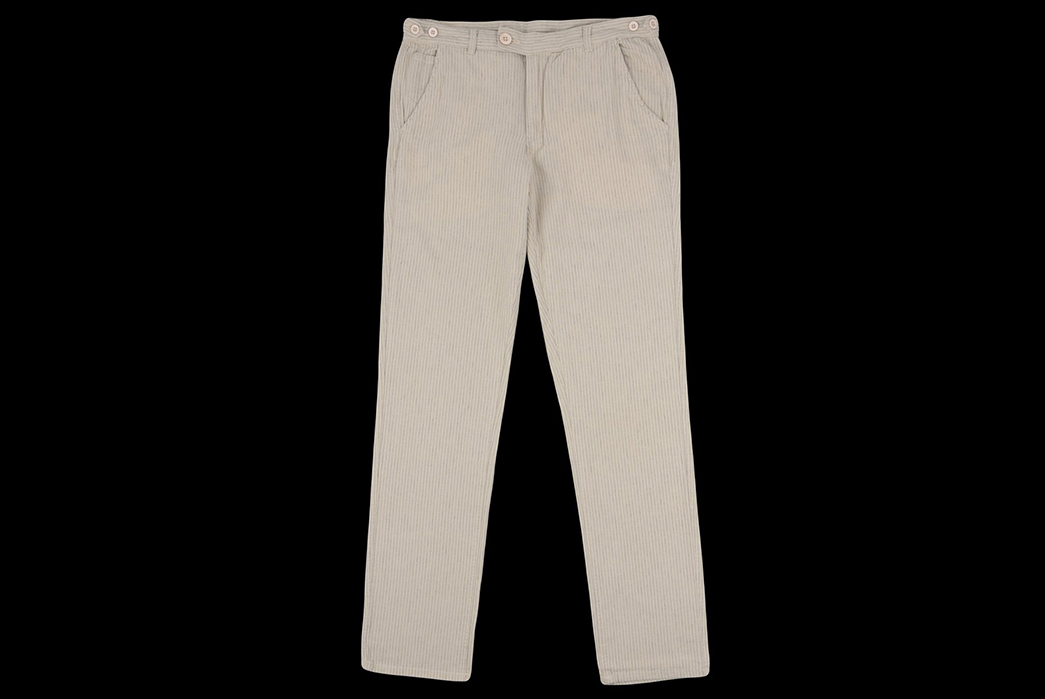
Corridor Stripe Linen Trouser, made from a 55% linen 45% cotton fabric, available for $185 from Unionmade.

